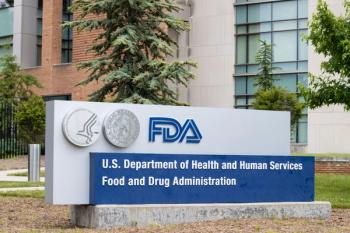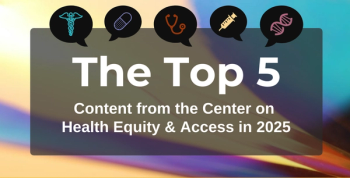
Dabigatran 110 mg in the US
The availability of dabigatran 110 mg in the US may be a favorable therapeutic option for patients at high risk of bleeding, who may be willing to accept a higher probability of stroke for a reduced risk of hemorrhage
The comparative effectiveness and safety of new oral anticoagulants (or non-vitamin K antagonist oral anticoagulants) is my primary research interest. Dabigatran is the first oral anticoagulant to be approved in the United States. Several international regulatory agencies approved 2 doses of dabigatran, 150 mg and 110 mg, for the prevention of stroke and systemic embolism in patients with non-valvular atrial fibrillation. The 110 mg dose is recommended in patients at high-risk of bleeding. However, the FDA approved 150 mg and 75 mg, even though the 75 mg dose had not been evaluated in humans.
The FDA decision not to approve dabigatran 110 mg was based on the conclusion that dabigatran 150 mg was superior to dabigatran 110 mg for all patients. However, this decision was highly controversial because of the subjectivity behind the effectiveness-safety threshold: anticoagulants have a narrow therapeutic index, meaning patients can easily overdose, which usually leads to bleeding. As important as the prevention of stroke is, the use of high-dose anticoagulants can result in bleeding events with fatal consequences. However, this effectiveness-safety trade-off is highly subjective, considering that patients may be willing to accept different risks of bleeding to prevent stroke. For this reason, many believed that the FDA should also have approved dabigatran 110 mg. This dose would have been an alternative therapeutic option for patients at high-risk of bleeding who may be willing to accept a higher probability of stroke for reduced risk of bleeding.
In a paper that I recently co-authored in
American Journal of Cardiovascular Drugs
Because the FDA decision not to approve dabigatran 110 mg was solely based on the results of clinical trials, I believe that the need to approve the 110 mg dose in the United States as an alternative dose with low-risk of bleeding was an important implication of our research. While we drafted this argument as part of the discussion in the paper, it was eliminated following criticism from a reviewer who argued that it was a far-fetched conclusion. Nevertheless, we always considered it a relevant issue worthy of further discussion, and so I wrote a perspective piece reviewing the evidence available on the safety profile of dabigatran in the real-world clinical practice and inviting the FDA to reconsider the approval of the 110 mg dose of dabigatran. Dr Prakash, editor of the , kindly invited me to submit the piece to the journal, which was
I would like to thank the editorial office of the American Journal of Cardiovascular Drugs for the opportunity to submit this piece and also call for more flexibility in the discussion of scientific papers, especially in applied disciplines. I was lucky to have been offered the opportunity to discuss the direct implications of my research findings; however, this is rarely the case. For scientific results to have a positive impact on society, authors should be allowed greater flexibility to discuss the implications of their work and recommend ways in which their findings may direct policy decisions, even if it calls for additional research.
Newsletter
Stay ahead of policy, cost, and value—subscribe to AJMC for expert insights at the intersection of clinical care and health economics.








































